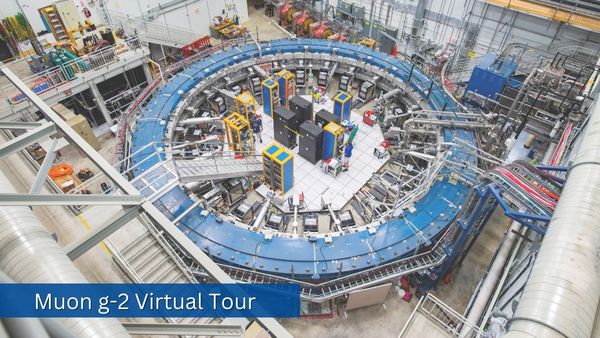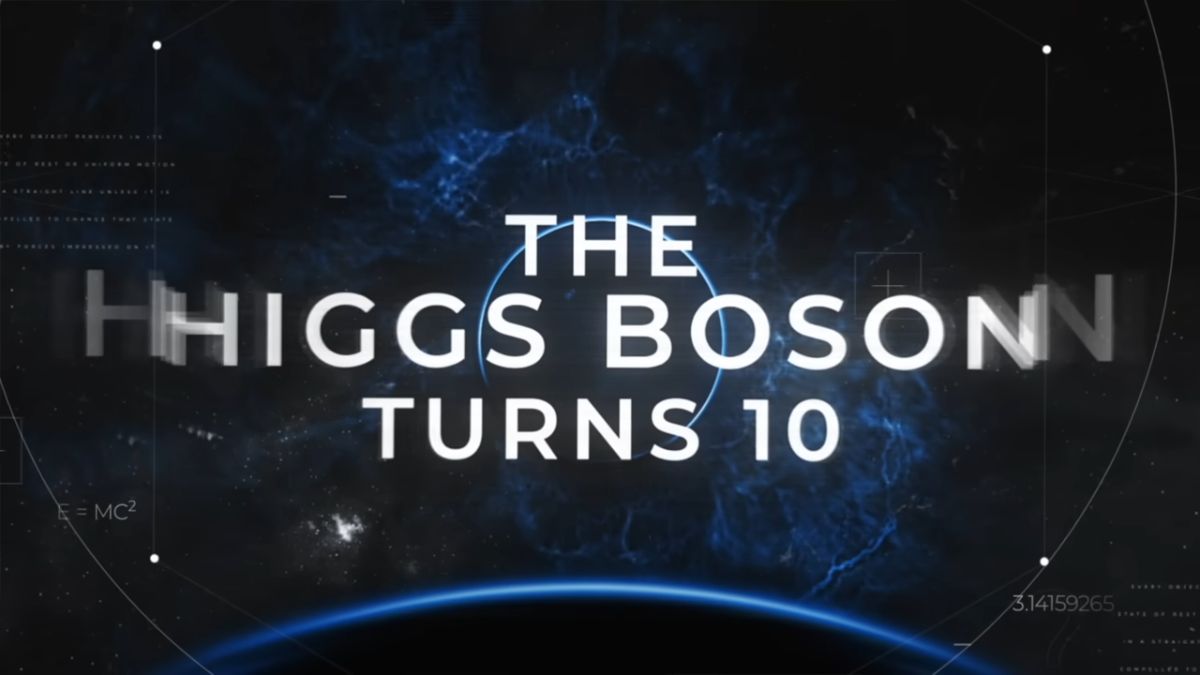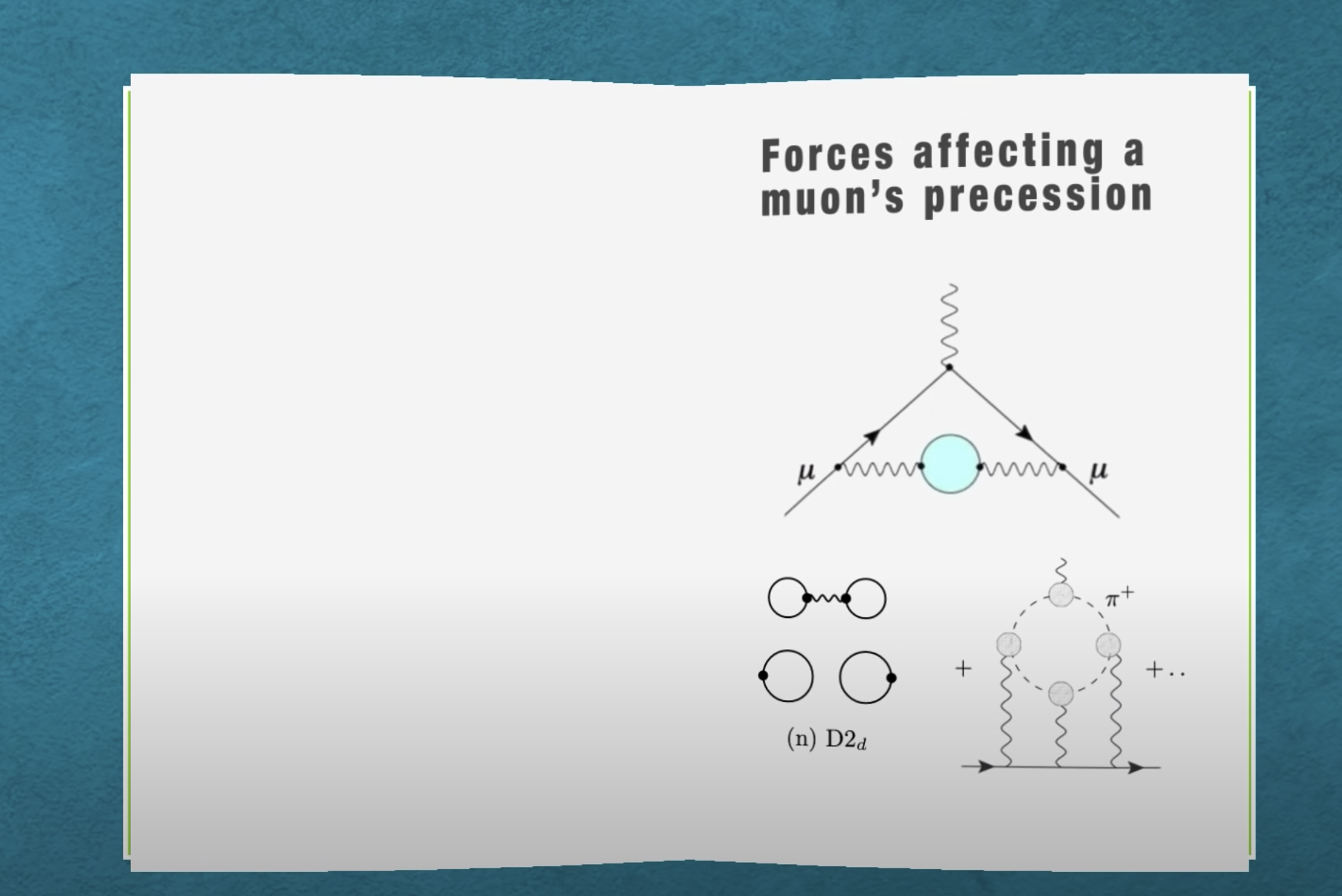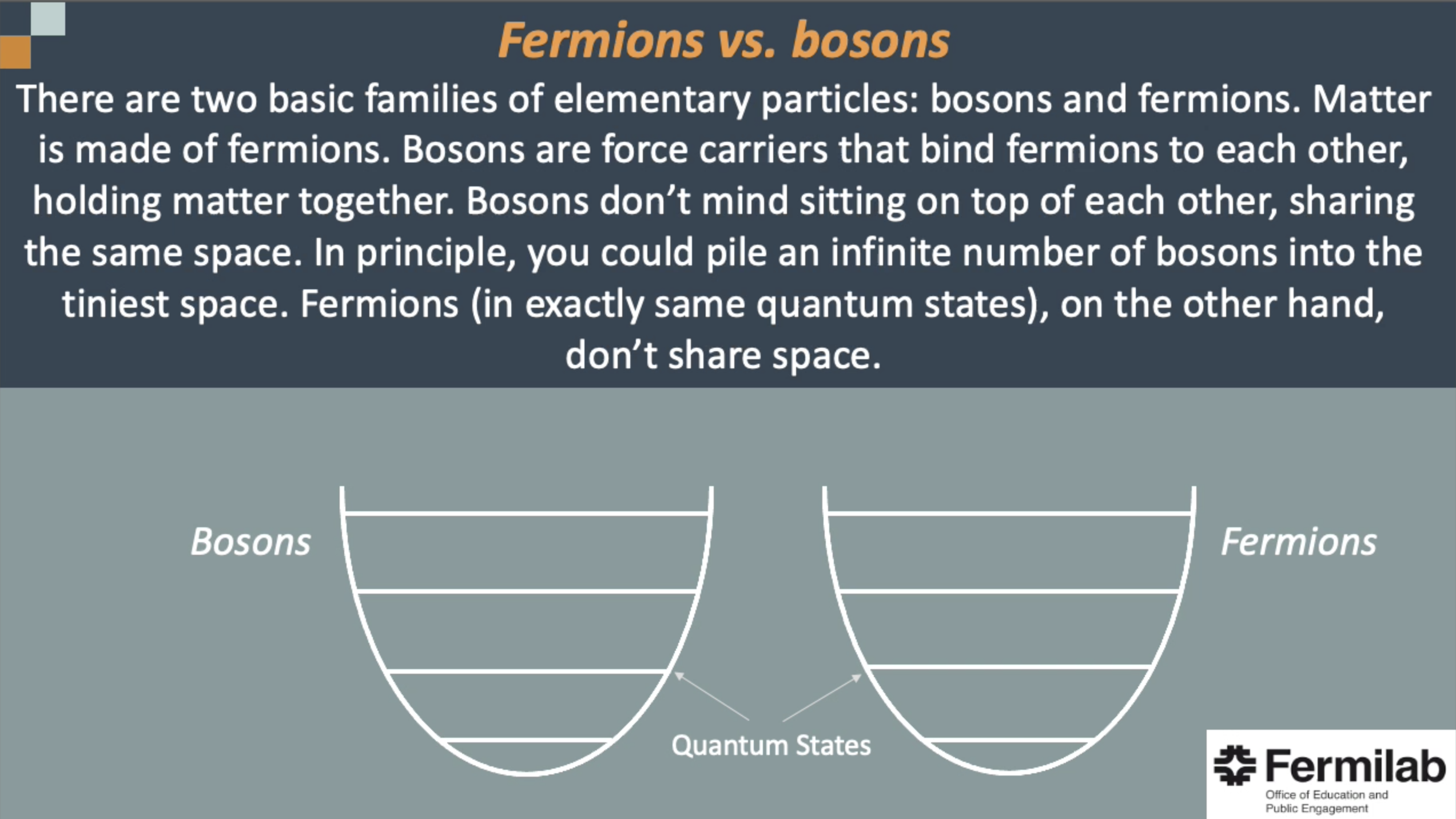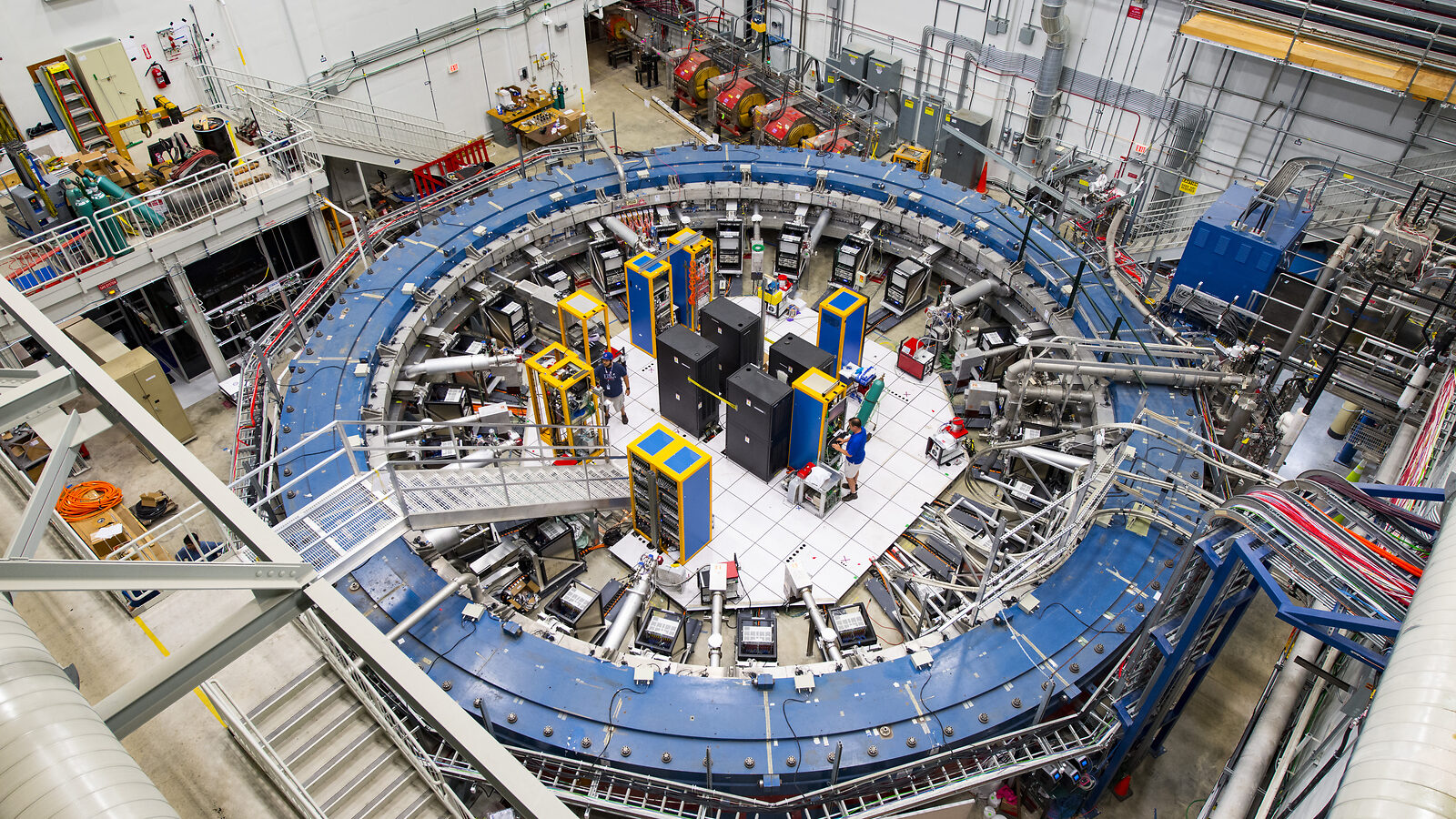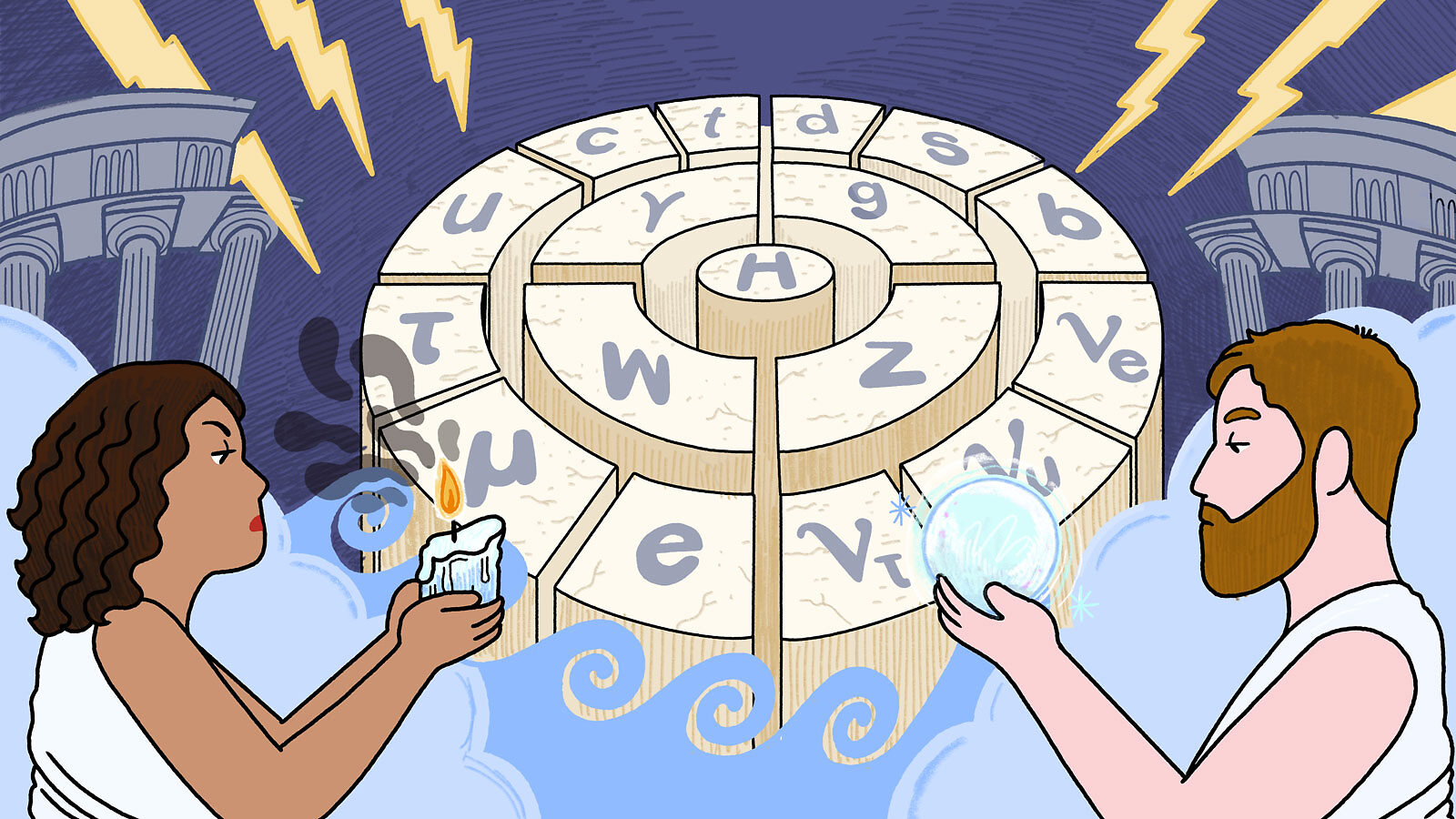FERMILAB PARTICLE RESEARCH | VIDEOS | ARTICLES | ACTIVITY
Fermilab particle research
It’s the dawn of a new era in particle physics. Physicists have incorporated decades of observations and results into the Standard Model of particle physics, a framework for our current understanding of matter. Even as they continue to refine it, scientists are aware that the Standard Model leaves many fundamental questions unanswered.
To probe the frontier beyond the Standard Model, particle physicists turn to instruments that break the old barriers of energy, precision and intensity to explore new frontiers in particle physics.
The Standard Model of elementary particles lists 17 fundamental particles divided into two basic particle families:
- Fermions (matter particles)
- Bosons (force carrier particles)
Fermions are further divided into quarks and leptons.
Three out of 12 fundamental fermions were discovered at Fermilab! Learn more about the bottom quark, top quark and tau neutrino discoveries.
Muon g-2 experiment
The Muon g-2 experiment examines the precession of muons in a magnetic field. The main goal is to test the Standard Model’s predictions of this value with unprecedented accuracy, to a precision of 0.14 parts per million. If there is an inconsistency, it could indicate the Standard Model is incomplete and in need of revision.
The experiment announced its first results in April 2021, and the results were consistent with a previous experiment performed at Brookhaven National Laboratory.
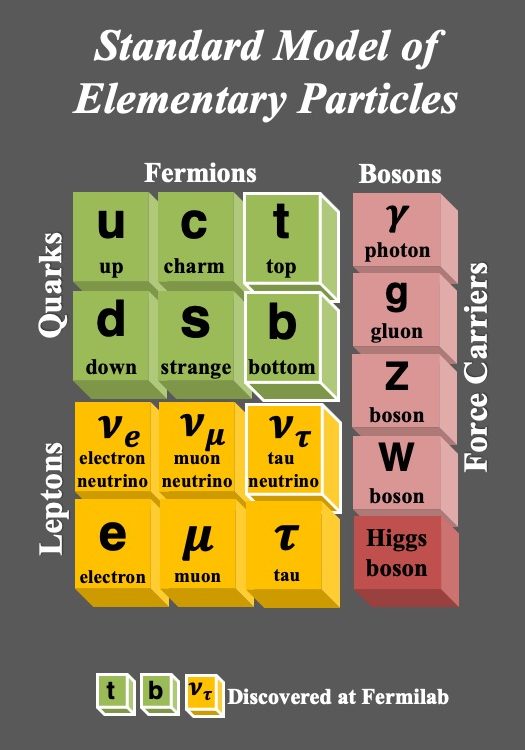
Videos
For more videos, check out our Basic concepts of fundamental particles playlist and more episodes of Time Travel with a Neutrino.
Symmetry Magazine articles
The following articles explore topics related to muons and other fundamental particles.
Symmetry is an online magazine about particle physics published in collaboration between Fermilab and SLAC National Accelerator Laboratory. Subscribe today to stay up-to-date on the latest news and features.
Educational activity
Teachers are invited to download and use the following classroom activity presented by The New York Times.
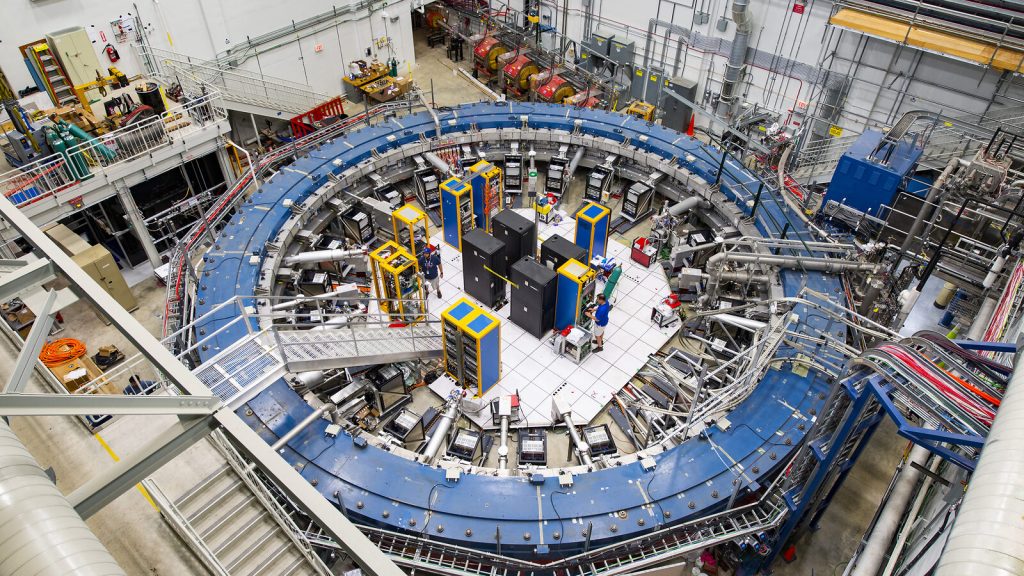
The New York Times: Muon g-2 lesson
Students learn about muons and why scientists are carefully tracking how they spin inside a magnetic field. Are physicists on the verge of discovering new subatomic particles?

